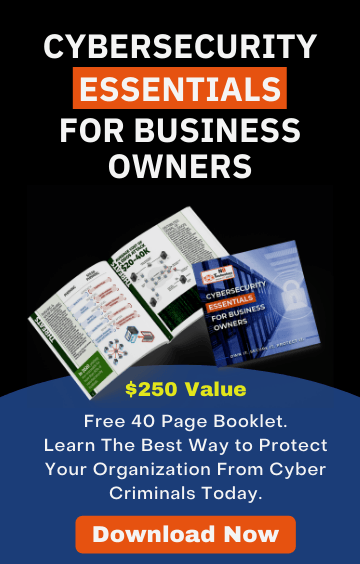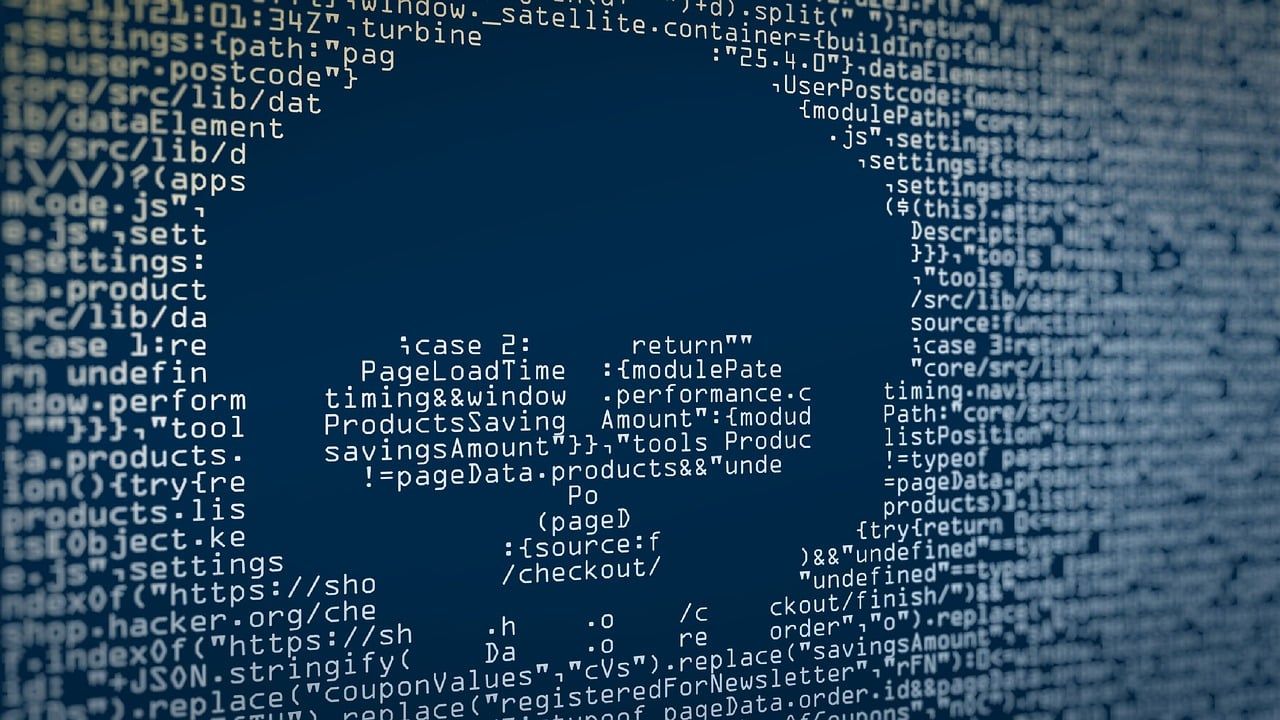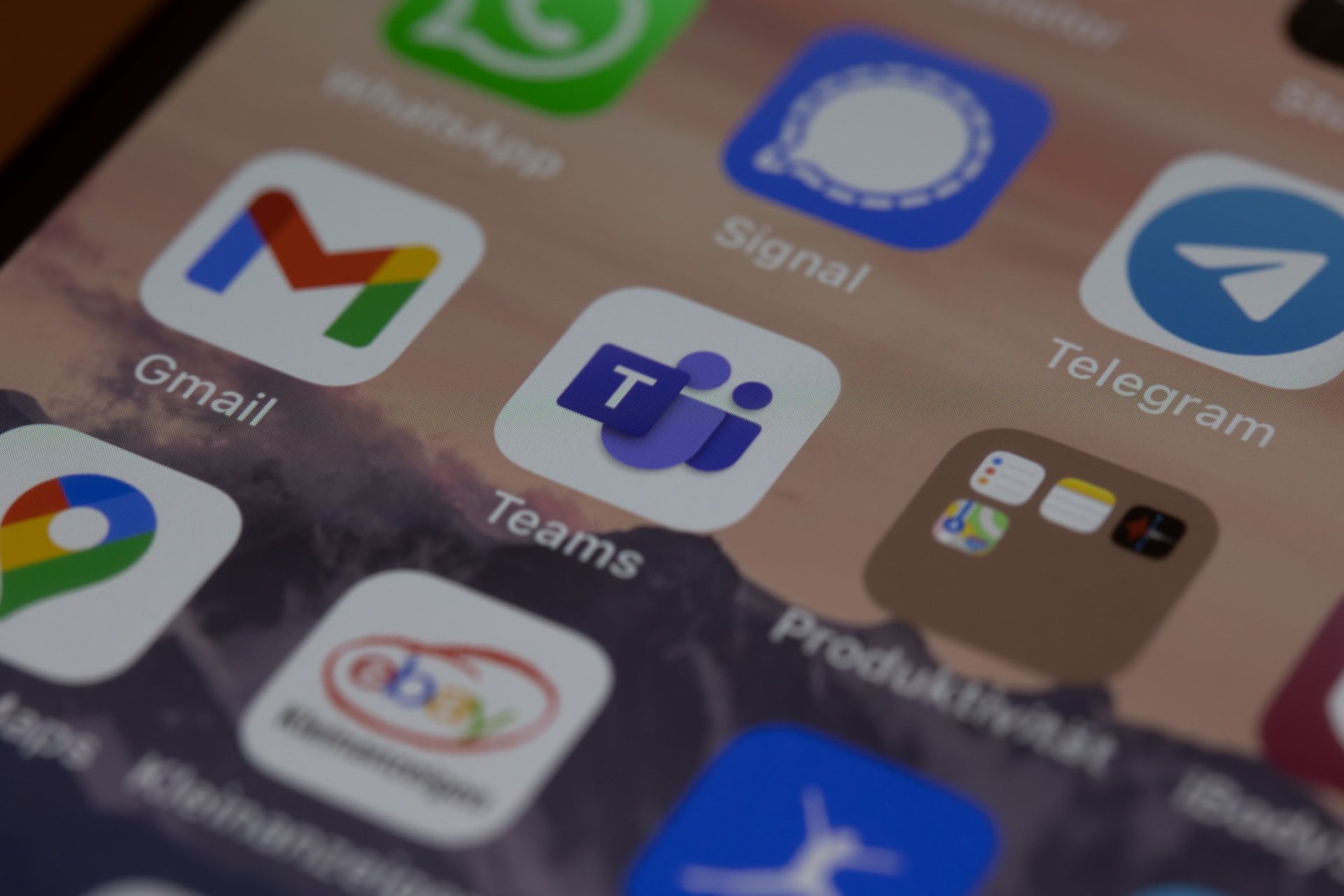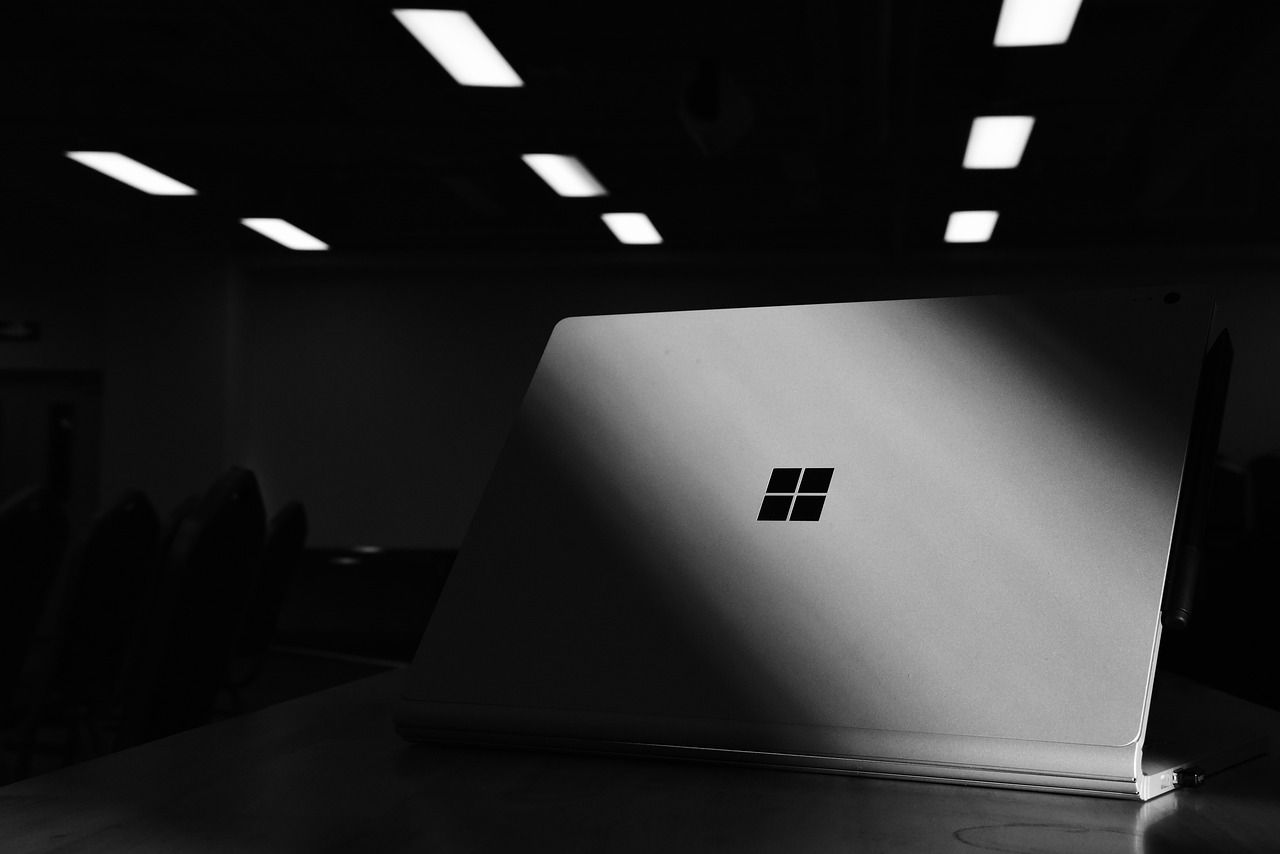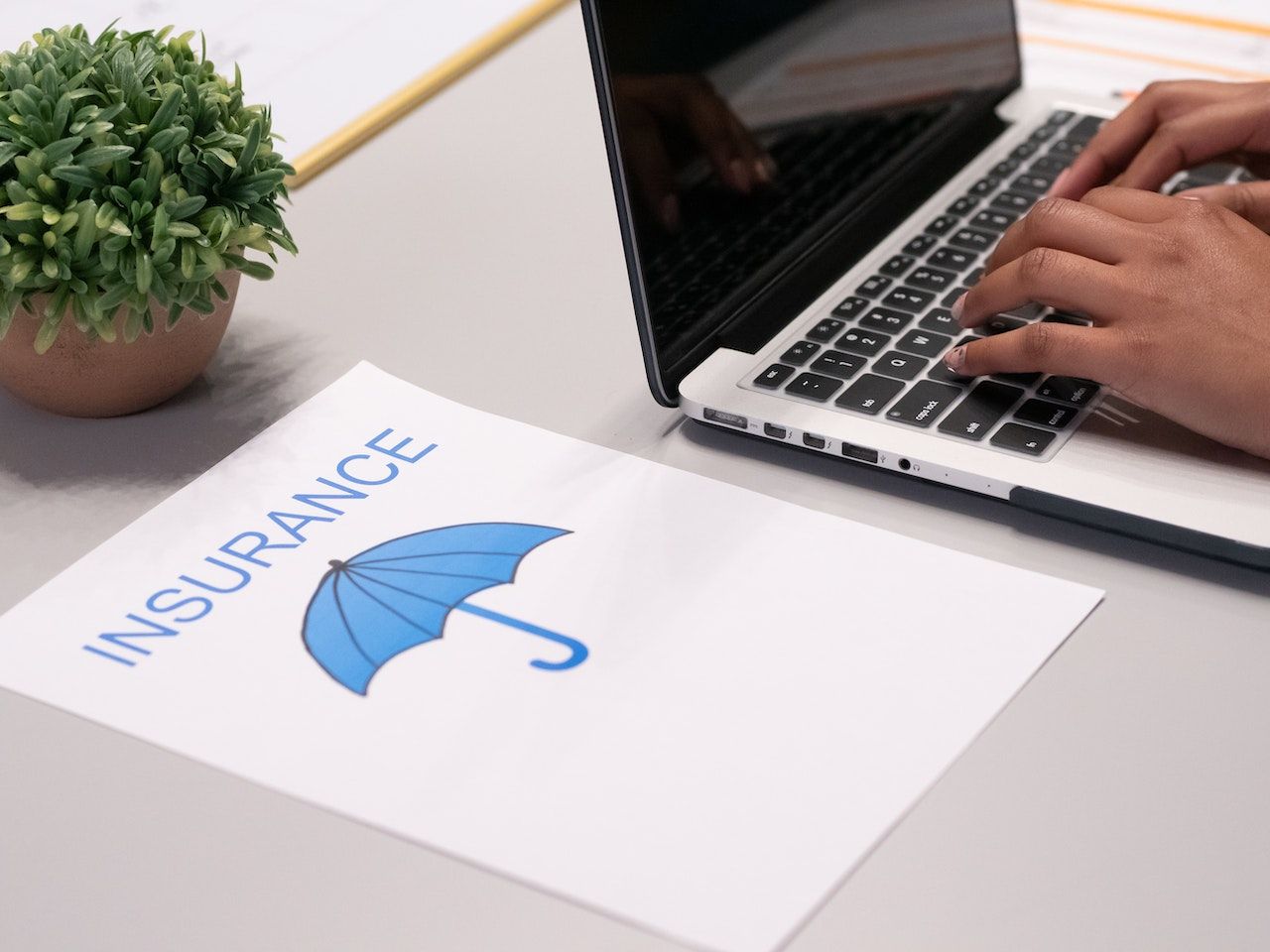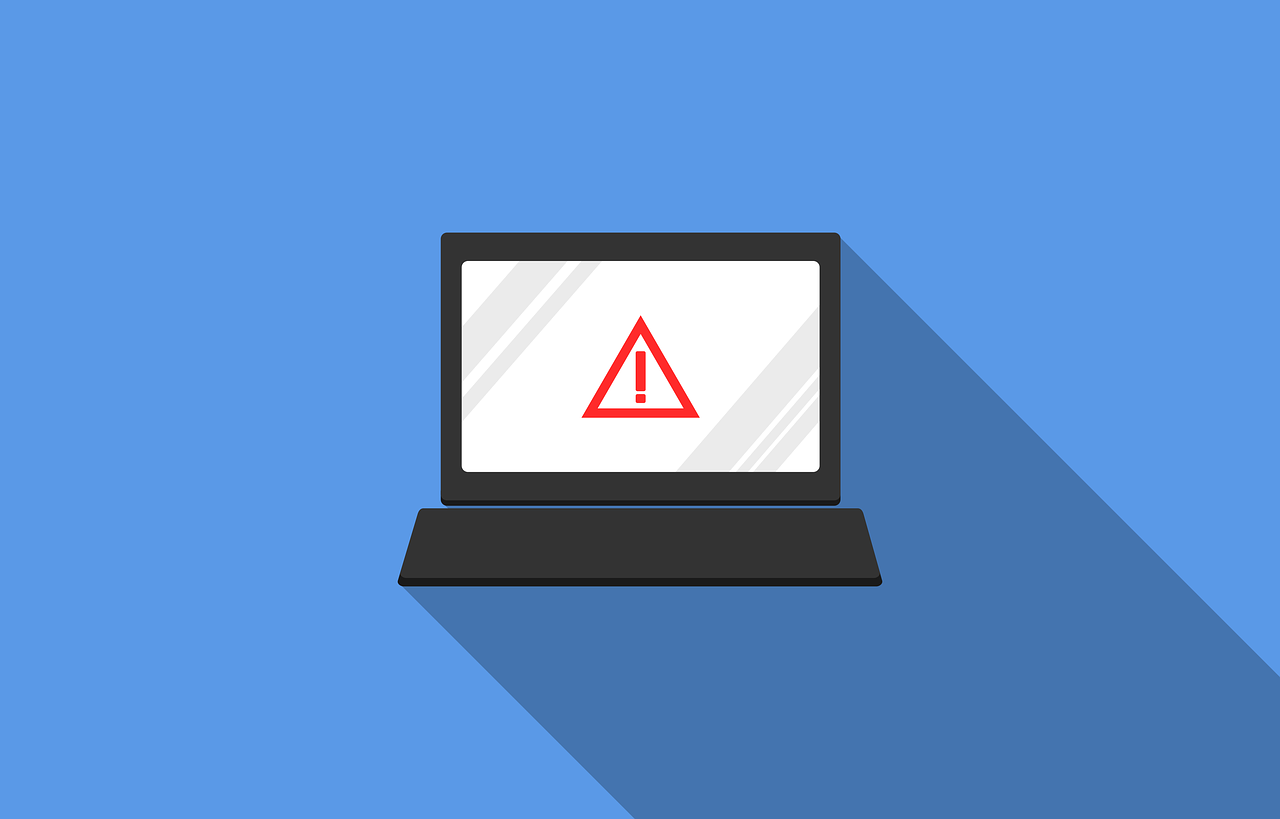The Dark Web, Cybersecurity Risks and How to Protect Your Business
March 7, 2023
If you have a small or medium sized business, you may be at risk of being hacked by dark web criminals who will sell your confidential data on the dark web. This can result in your personal and company information being traded, in ransomware attacks and in data being lost or corrupted.
Data loss and breaches can be costly - both financially and in terms of reputation. And they can bring your operations to a standstill.
With so much to lose, it’s imperative in this day and age that all businesses take a proactive approach to cyber security. There are many things that companies can do to help protect themselves against cyberattacks, malware and phishing scams. Below we look at 16 actions you can take to protect your company from dark web risks.

What’s The Dark Web?
The ‘dark web’ is an area of the internet that’s commonly associated with nefarious and illegal activities like cybercrime and illicit drug sales.
Compared with the parts of the world wide web we are used to viewing when we read news, visit blogs or do online shopping, the dark web is more difficult to find unless you know what you’re looking for.
That’s because it’s not searchable using traditional search engines like Google or Bing. And much of the dark web contains databases and even confidential government sites.
The dark web is large and growing rapidly. In fact, it’s estimated to be
500 times larger than the surface web.
Many dark web sites are used by hackers who have stolen usernames and passwords and sell them online so that criminals can use them to commit fraud or to gain access to your accounts or sensitive data.
To access the dark web, people typically need special software or a special browser which can conceal the location of users.

What cybersecurity risks does the dark web pose for my business?
Much of the dark web is used as a marketplace to trade in illegal goods and services, which includes stolen company data.
Many business owners won’t even have realized that they’ve been hacked and that their confidential information is being sold and traded on the dark web. Information about customers, employees and company activities and proprietary information may be included on the dark web as well as login data.
Cybercriminals then use this information to gain access to systems, networks and bank accounts. Or they can demand ransom money for the return of data (ransomware attacks).
Sometimes hackers will steal confidential company data online just to show how good they are at hacking into different company’s networks. This can damage your reputation and you may be liable for breaching privacy rights by not securing your data sufficiently.
We’ve all read news headlines about big corporations who’ve had their accounts hacked. But cybercriminals are increasingly targeting small to medium sized businesses for their cyber attacks. That’s because their security measures are often weak, which allows hackers to gain access more easily.
Whether hackers gain access to your company’s credit card and banking details, use your data to commit fraud, or blackmail you in return for a ransom, you’re likely to suffer financial and reputational loss from a cyber breach.
That’s why it’s best to be prepared and enhance your protection against cyber attacks.
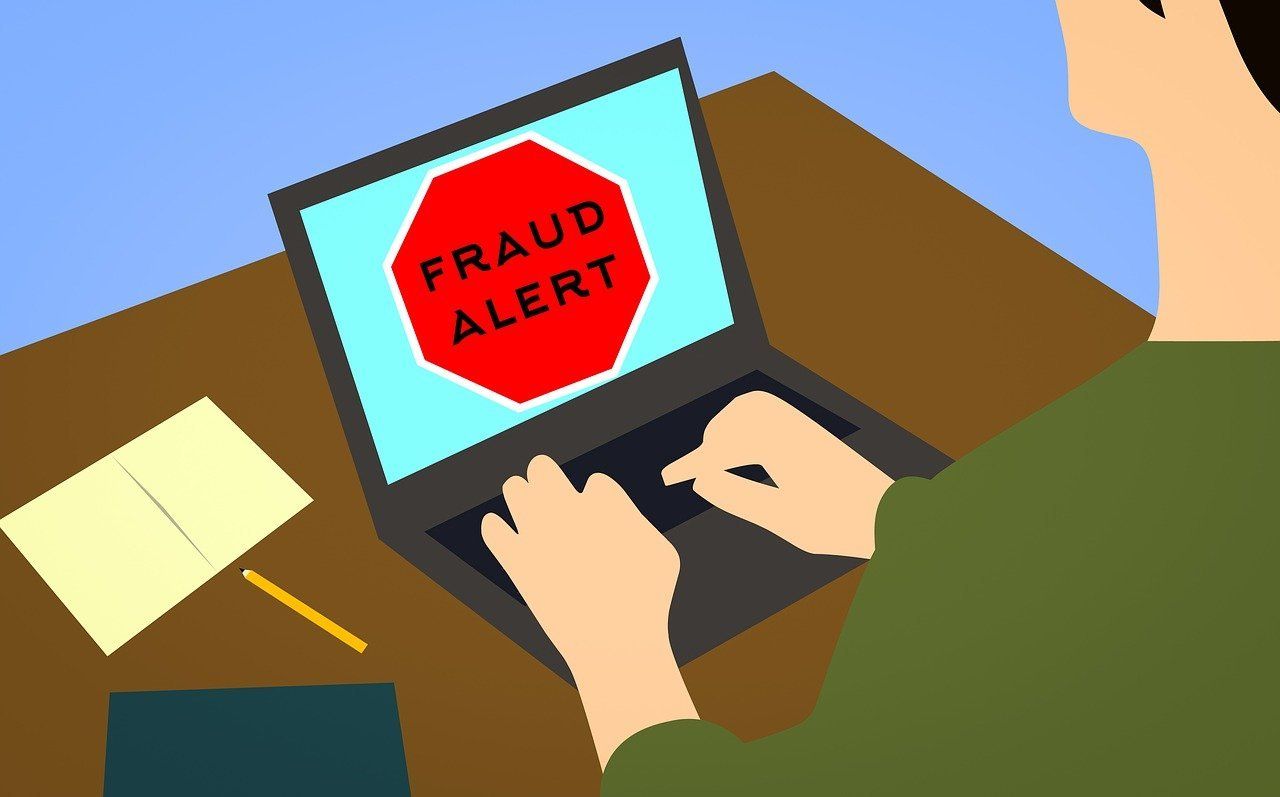
How can I protect my business from dark web risks?
Being aware of the huge financial, reputational and operational risks posed by cybercrime, companies are starting to enhance their defenses against cybercriminals on the dark web.
There are many things that you can do to help get better protected and to secure your company data.
Here are some of the measures you can take to protect your business from the dark web:
1. Conduct a vulnerability assessment
Assessing how exposed you are to a potential cyber threat from the dark web is a good starting point to help enhance your protection.
There may be multiple vulnerabilities that need to be assessed, depending on the nature of your business, your employees, and what type of systems you are using.
As your technology, business operations, personnel and procedures change over time, it’s important to continuously assess your risks and threats to maintain advanced solutions and preventative measures.

2. Create a data protection plan
Protecting your company data requires proactive planning to minimize risks and threats and to have plans in place to recover data losses and deal with disaster recovery.
Creating a data protection plan can help guide your company from a policy perspective and coordinate your data protection efforts.
Some considerations when drafting your data protection plan include looking at security for all your systems and adding encryption to all data that is transmitted and stored.
An important part of your data protection plan will be your disaster recovery plan and procedures as well as ensuring secure data storage and backups.
3. Draft a company policy on safe internet use
Many data breaches and losses are caused by human error. Providing staff with policies on safe internet use can help provide guidance on which sites to avoid and what sites are off-limits.
You can also restrict the use of personal laptops and devices to access company intranets and networks, to help minimize risks. Or you may want to mandate the use of cloud computers for all company-related work.
4. Conduct regular threat monitoring
If you conduct regular threat monitoring, then when a breach occurs you will be notified and you can take swift action. This can help minimize the amount of damage done.
Your in-house IT staff may be able to conduct cyber-threat monitoring, or you may prefer to hire a specialized
cybersecurity and
managed IT service provider (MSP) expert to take care of all your threat monitoring.
The benefit of having an MSP manage your cybersecurity is that they are generally available 24/7 to deal with any incidents or threat alerts, and can take early action to avoid further destruction or attacks.
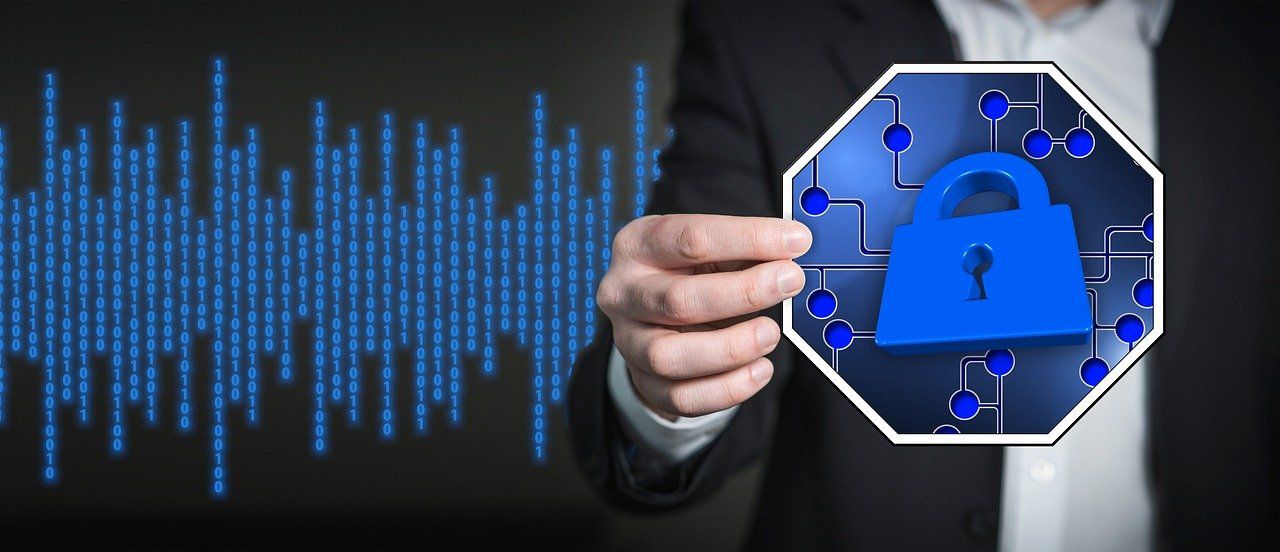
5. Create an incident response plan (to deal with a cyberattack or breach)
Having a plan in place to deal with cyberattacks, ransomware or data breaches is essential. These plans help guide you on the best course of action to take, and can help inform employees on the correct protocols to follow and who is responsible for specific aspects of the response.
Your incident response plan should look at your vulnerabilities and guide you and your staff on what to do once a threat is detected.
Having a thorough plan is the first step. It then needs to be communicated with all staff, and ideally a test run should be conducted so that staff get experience in implementing the plan.
6. Provide staff with regular cybersecurity training
Did you know that it’s recommended that all companies institute cybersecurity awareness training with their staff every 4 months?
That may seem excessive, but bearing in mind that scams and threats evolve rapidly and that people need to be reminded how to avoid and respond to threats, this can help companies avoid costly data leaks or losses,and can help prevent cyber attacks.
7. Use professional antivirus software
It’s critical to install and update a reputable antivirus software on all devices and your servers.
If your staff use virtual workstations and if you use cloud storage and backup services, you should enquire what your host does to secure the data. It’s also important to have an understanding of the difference between public cloud, private cloud and multi cloud networks and their respective risks.
Don’t forget to protect your IoT devices, especially if your staff work remotely from home where IoT devices can provide easy targets for hackers to gain entry to your system.
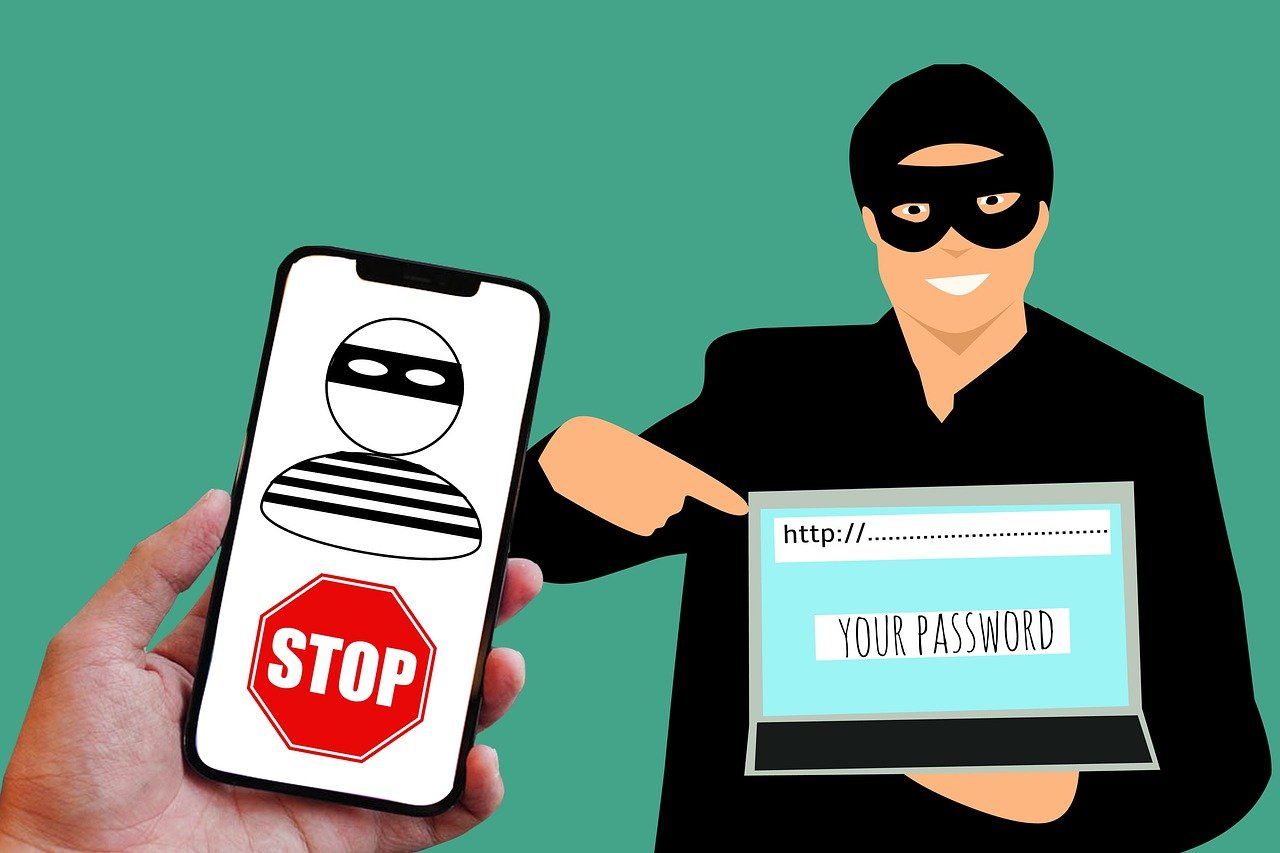
8. Update your antivirus software and other applications regularly
Computer viruses change and evolve fast, so it’s important to always have the latest updates of your antivirus software installed so you’re protected against the latest threats.
9. Use secure passwords
Use secure and robust passwords, change and update your passwords regularly, and avoid using the same password for all logins.
If you decide to store passwords, use a reputable password manager tool.
10. Use two factor authentication (2FA)
By using two factor authentication (2FA), companies can help to protect against hackers gaining access to online networks.
2FA makes it challenging to login without authenticating yourself in addition to having the correct password. For example, you may have to provide a code in addition to a password to access an online account, and the code may be sent to your mobile phone.
11. Use a virtual private network (VPN)
Using a virtual private network (VPN) is another way to help guard against dark web attacks.
That’s because when you use a VPN, your location stays hidden from anyone who wants to find out where you are.
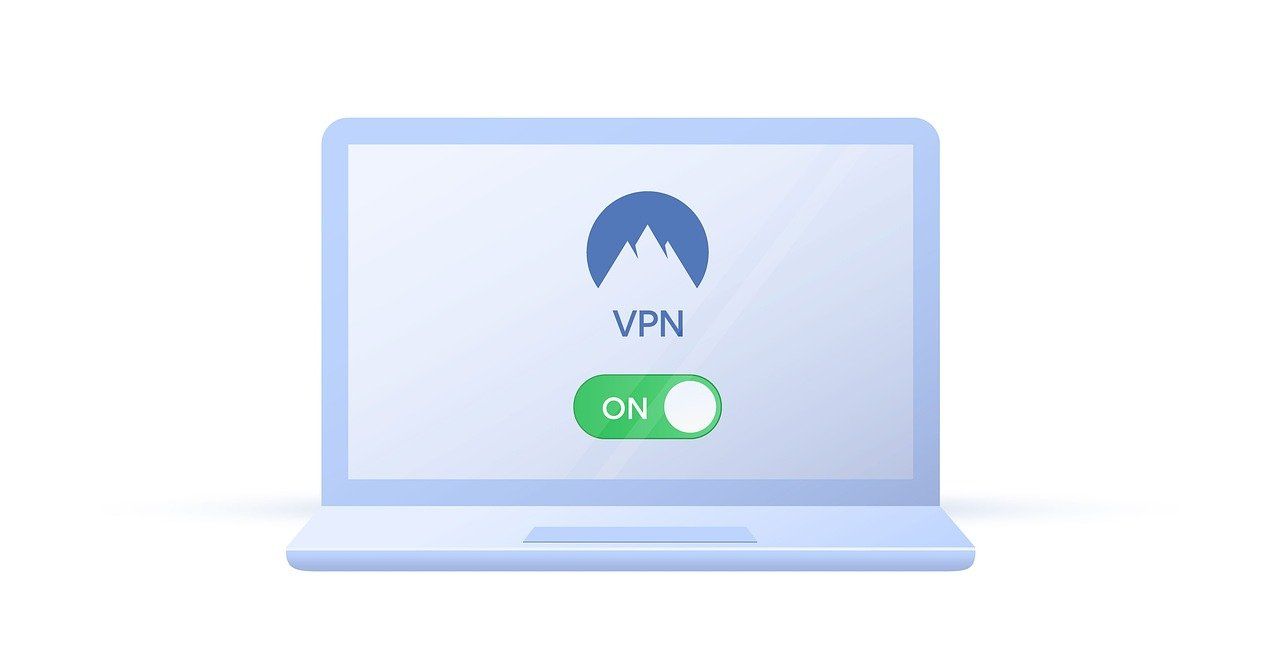
12. Use professional IT service providers with good references
It’s also important that you work with professional and reputable IT service providers who have the expertise to provide you with custom solutions and services.
Most MSPs offer around the clock IT support which can help you respond immediately to threats and cyberattacks. Many MSPs also have specialized cybersecurity skills, which can help you to access the latest innovations and technologies to keep you protected, whilst monitoring for threats.
13. Run regular scans
Just as it’s critical to monitor for cyber breaches and attacks, you should also run regular scans to check for any vulnerabilities or suspicious activity.
14. Set up firewalls
You can install firewalls to help shield your networks from malware and phishing attempts. This adds a layer of protection against dark web activity that is targeted towards your company.
15. Conduct penetration tests to expose weakness in your defenses
Another way to guard against being the victim of a cyberattack from the dark web, is to actively try to penetrate your system to see whether there are any weaknesses or vulnerabilities.
By regularly performing penetration tests you can keep up to date with the latest tools and scams that hackers are using to stay ahead of them.
16. Limit access to sensitive data
Another way to limit data loss and breaches and protect your sensitive company information, is to set access limits and permissions on certain types of data.
Along with restricted access, companies should monitor for unusual activity such as an employee logging in from several locations at the same time. That can help to detect possible threats from within the organization.

Final thoughts on how protect your business against dark web threats
Cybercrime is increasingly pervasive. Small and medium sized companies are being specifically targeted as they often have weaker defenses to sophisticated malware, phishing scams, cybera attacks and hacking.
Data loss and breaches can be overwhelming for many businesses and can even result in companies having to be dissolved.
To avoid the many risks from the dark web, companies thankfully have a range of solutions which they can use to keep protected.
At NB Technology, which is based in Belmont (North Carolina), we assist companies with a range of cybersecurity services and managed IT services, to help guard against threats from the dark web.
Our friendly team can help provide customized solutions to suit your needs and budget, including
disaster recovery and cloud backups,
cybersecurity services, and
managed IT services.
We can help you monitor threats 24/7 and can also implement responses aimed at disaster recovery and retrieving any data loss.
Contact us at (704) 644-1220 for a no obligation consultation to discuss your cybersecurity needs and any inquiries you may have.

